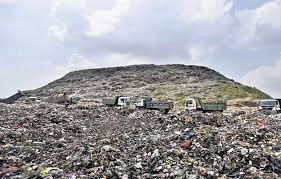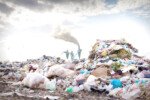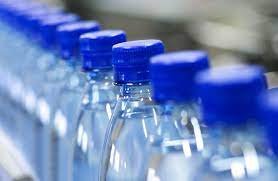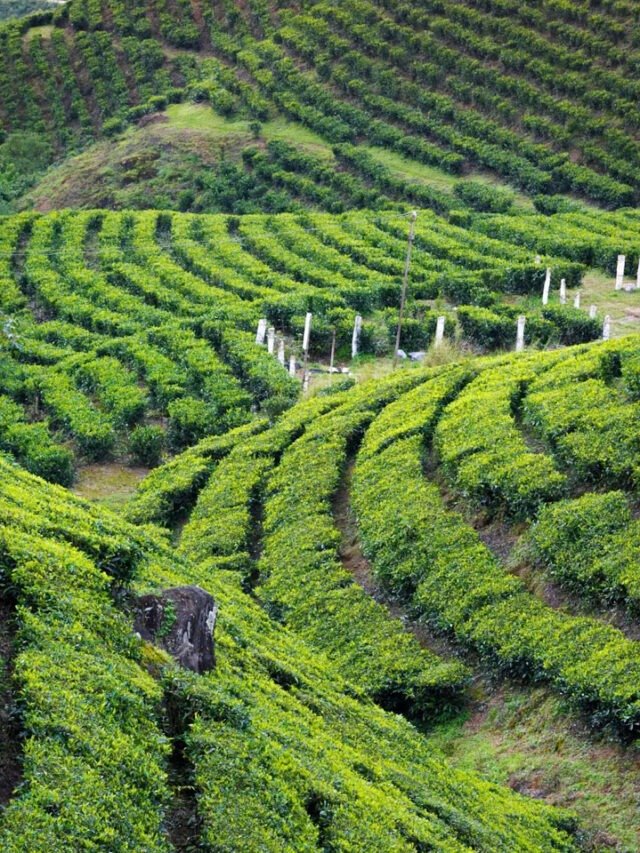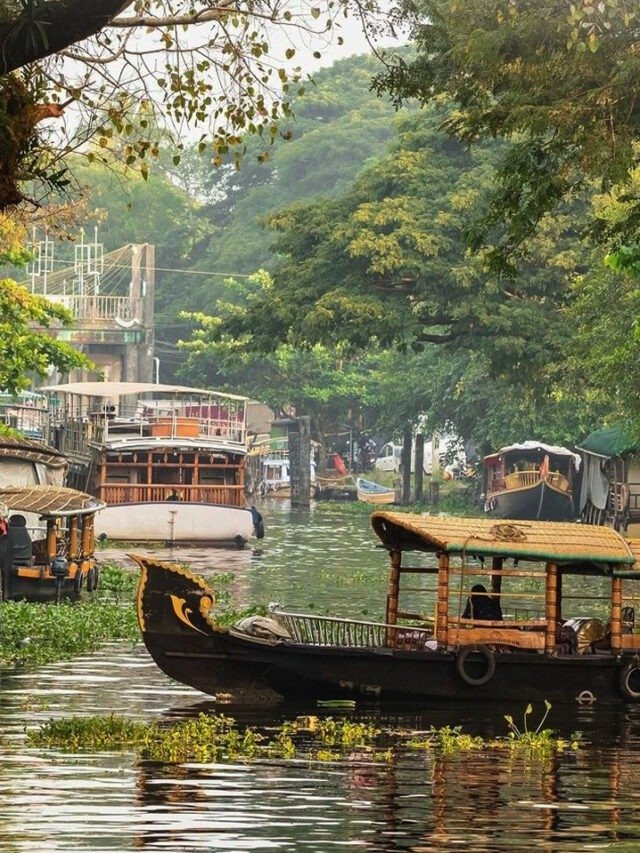NEW DELHI, April 10: The world generated around 268 million tonnes of plastic waste in 2022 and India accounted for just 3.54 per cent, according to a new paper.
The analysis published in Nature journal said around 400 million tonnes of plastic was produced in 2022 and India accounted for 5 per cent, with China and the US contributing 32 per cent and 42 per cent, respectively.
China was the largest consumer of plastic, using 20 per cent of the world’s supply. The US consumed 18 per cent, the EU 16 per cent, India 6 per cent and Japan 4 per cent.
Per capita consumption was highest in the US at 216 kg per person. Japan had 129 kg per person and the EU 87 kg per person, it said.
The report said that around 268 million tonnes of plastic waste was generated worldwide in 2022, with China generating the most waste (81.5 million tonnes), followed by the US (40.1 million), the EU (30 million) and India (9.5 million).
Globally, 40 per cent of plastic waste went to landfills, 34 per cent was incinerated and only 9 per cent was recycled, it said.
However, the total percentage of global plastic waste sent to landfill in 2022 has decreased significantly compared to the estimated 79 per cent of all global plastic waste sent to landfill between 1950 and 2015.
The EU had a recycling rate of about 20 per cent, while the US recycled just 5 per cent of its plastic waste, the analysis showed.
The authors said India, which accounts for more than 17 per cent of the global population, used 6 per cent of global plastic in 2022. This is behind China (20 per cent), the US (18 per cent) and the EU (16 per cent).
India exported about 1.6 million tonnes of intermediate plastic forms and 1.2 million tonnes of intermediate manufactured plastics in 2022.
The report said that around 98 per cent of all virgin plastic was made from fossil fuels such as coal, petroleum and natural gas. Only two per cent came from bio-based sources. The most commonly produced plastic type was polyethylene (26 percent of global output).
It said packaging used the most plastic (158 million tonnes), followed by construction (72 million tonnes), automotive (32 million tonnes), electronics (28 million tonnes), household and textiles (28 million tonnes) and agriculture (16 million tonnes). (PTI)



